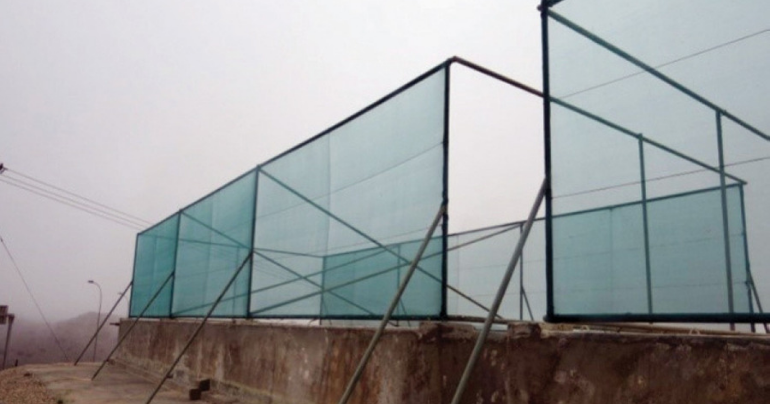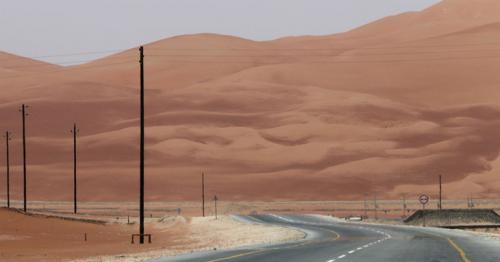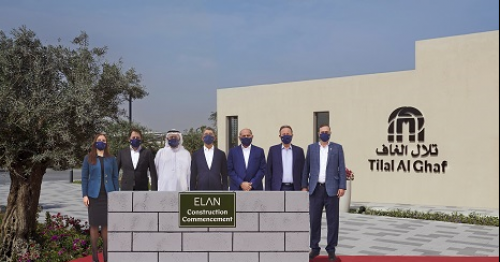Collecting precious water from fog in Dhofar
The Khareef season has the potential to offer more than merely an influx of tourists. A unique Ministry of Environment project aims to collect water from fog in Dhofar and use it to combat drought.
The project is the first-of-its kind to be implemented on this scale. It aims to take advantage of the Khareef season by harvesting fog, which it would then use on deserted areas.
According to the Ministry of Environment and Climate Affairs, when implemented last year, the Fog Collection Project successfully collected 350,000 gallons of water from fog during the Khareef.
Speaking to Times of Oman, an official from the ministry said: “The project contributes to helping reduce the loss of vegetation on the Dhofar mountains, by taking advantage of the accumulated water from the fog to irrigate cultivated seedlings and allow for the natural growth of trees.
“The project will lead to slowing down desertification. The project also helps to provide fresh water supplies on the Salalah plain throughout the year.”
Last year the project managed to accumulate water from a total of 931,260 cubic metres of fog. It was implemented in four different areas of Dhofar; Ambroof in the wilayat of Rakhyut, Al Haq in the wilayat of Taqa, Titam and Mafraq Zik in the wilayat of Salalah.
Speaking about some of the tools used in the project, the official said: “The project uses a mesh net to collect and store water, for its use after the Khareef season to irrigate the local seedlings planted in the areas.
“One of the benefits of the fog collection project is that it is low maintenance and low cost. The project is located in the elevated areas of Dhofar because of the natural fog which appears frequently during the Khareef.
Climatic characteristics
“The sites were chosen according to the geographical and climatic characteristics of the areas, such as the amount of fog available in the air, the speed and direction of the wind, its distance from the surface, soil fertility and other data related to plant diversity and land degradation. Additionally, we also ensured that the area would allow for the construction and periodic follow-up of sites,” the official explained.
According to officials, the cost of the project is low compared to the benefits it provides to the Dhofar Governorate in combating desertification and drought.
Speaking about the other benefits of the project, the official said: “The project included the fencing of these sites, which allowed for the growth of seasonal plants away from the pressures of overgrazing.”
As a result, it provided the ideal environment for various wildlife. It also promoted environmental awareness among the local population to maintain vegetation.”
The ministry is planning to expand the project to more sites in Dhofar Governorate.
“We plan to make the project one of the leading projects in the region, it can be used as a model for the sustainable management of natural resources and combating land degradation and desertification in dry and semi-dry areas,” the official added.
tag: omantourism , omanlatestnews , omannews
Share This Post






